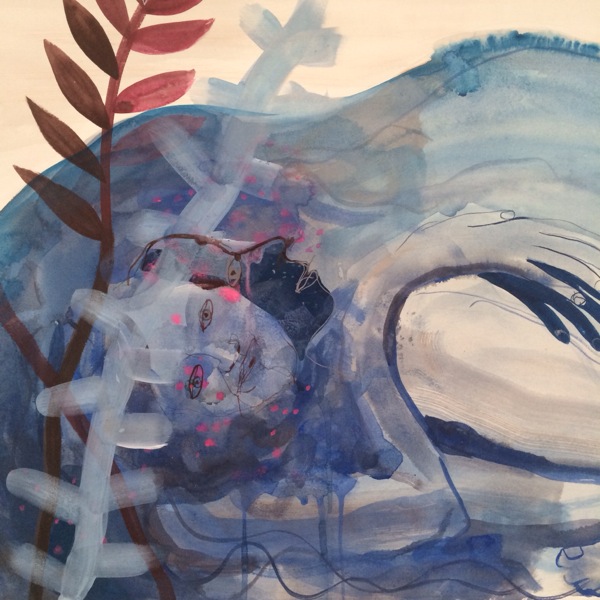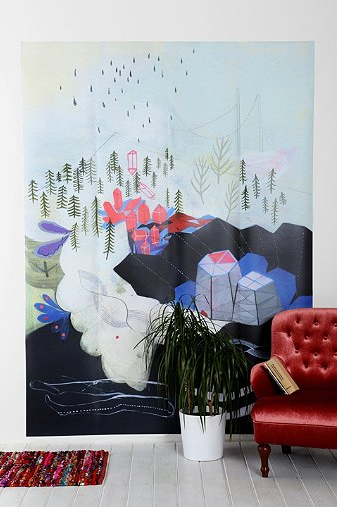Who are we when we are not being tabulated, enticed, manipulated, or otherwise controlled? When are we free from all that entraps us? How much awareness can we muster and maintain around our ordinary attention, our most sacred resource? How can I use the “season of giving” to give myself and others freedom? Are we able to unlock our own cages and walk out freely?
I was captivated by these excerpts from Life Style by Bruce Mau. Published in 2000, and ringing loudly true 18 years later.
“Designers today experience a condition of ambiguity and compromise: building, aiding, and abetting the global image economy seem inevitable consequences of our work. Prospects of that condition changing seem remote. Nonetheless, our obligation to exploit the situation is compelling, provided, that we are willing, given our position, to recognize the potential of radical contradiction and to take an eagerly opportunistic posture in looking for the openings that appear before us.
What I am attempting, in response to the torrential acceleration of the global image economy, is engaged design. Engagement means enlisting all the restrictions, conditions, and limitations of the context in which we work. It means taking on the background, like it or not, and bringing it to every foreground. The question we have to ask is: What is our relationship to this beast?”
“Contrary to the popular maxim, the digital age does not behave like a revolution, but its opposite. An apparently predatory totality surrounding us. And yet, it is transforming human capacities for communication, for environmental reform, for productivity and creativity. Every aspect of the global image economy is darkly problematic, yet every aspect of it also carries a potential for human reinvention. If the accelerated image -production technologies have saturated society, the have also put image -making capability into the hands of non professionals. Technology has miniaturized the image-making process”
“If freedom can be defined as the ability to apply one’s energy to objects of one’s own choosing, then our attention, our time, and our energy-our most precious human resources- ought to be guarded jealously. The onus is on us to devise attitudes, postures, flexible, and imaginative strategies to exploit the situation.
Every gesture we make now is cinematic becuase it gets swept up into a swift sequence of gestures that precede and follow it. The condition of montage, as Eisenstein so radically conceived it, has become the condition of our culture. No single gesture can be preserved from that condition, none can be regarded as completed or closed. Every gesture is held to a context in which it is made. And the context is moving and absorbing so fast that new gestures constantly have to be invented. No matter how bleak the situation into which we have been thrown by the global image economy, it offers opportunities - we need only invent them. By understanding our living and working context, we open - even if only temporarily-avenues of liberty not yet charted or even explored. ”















